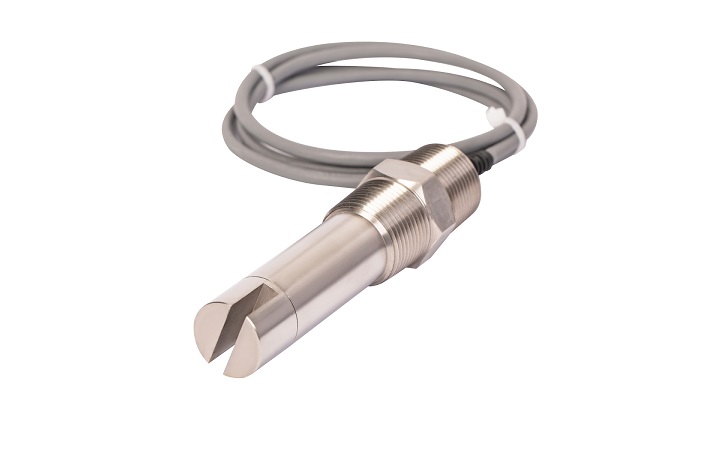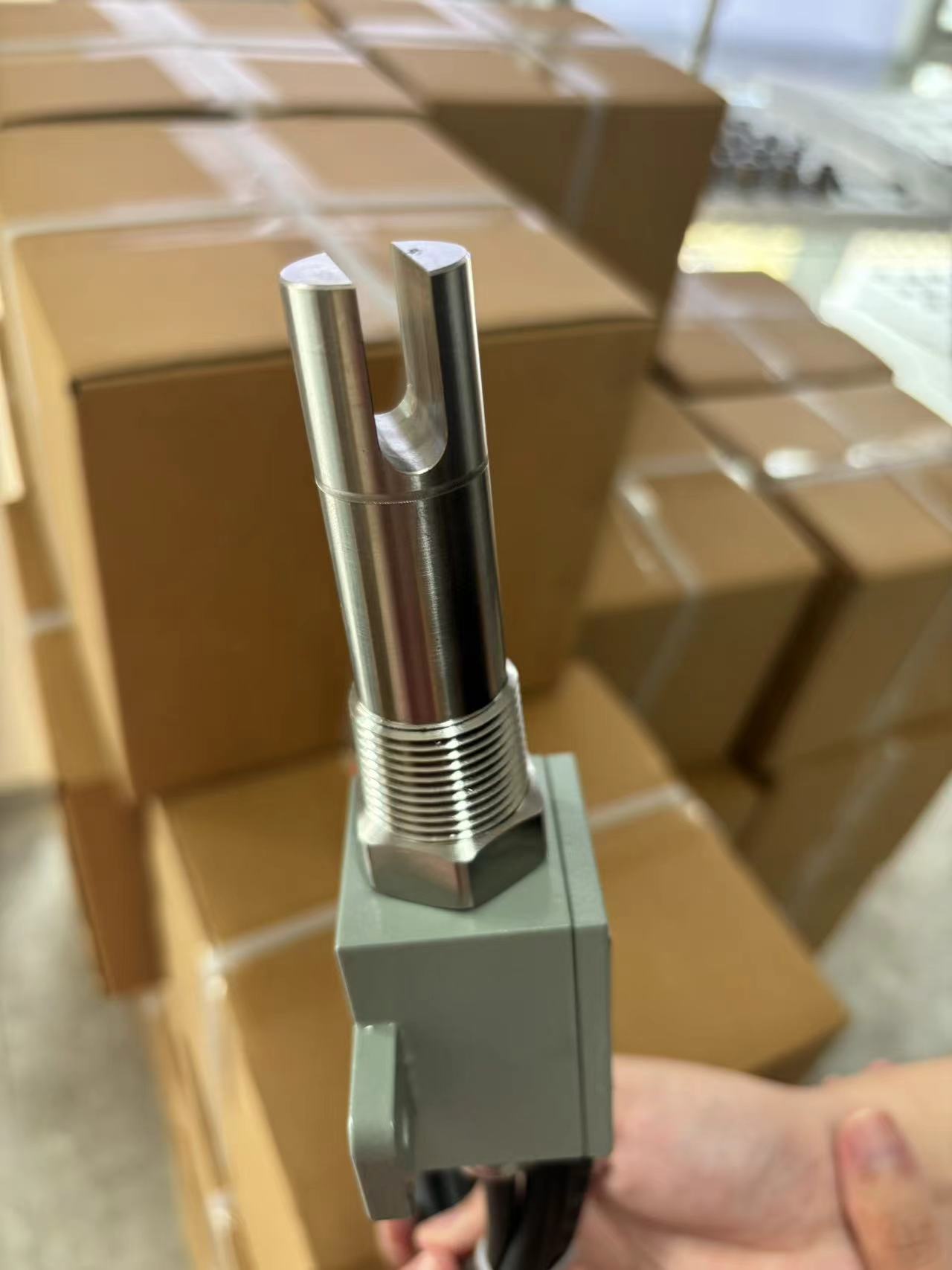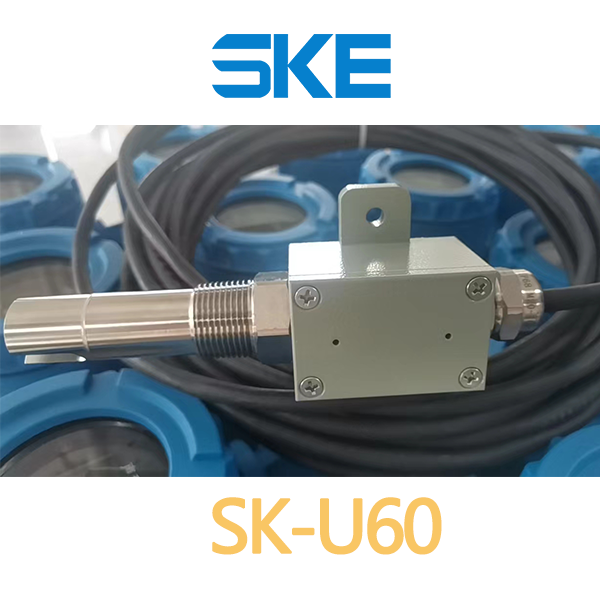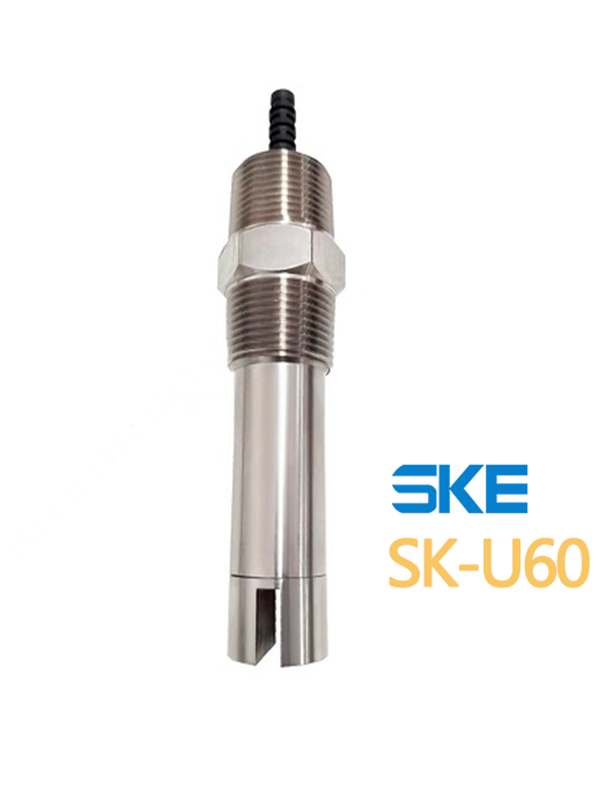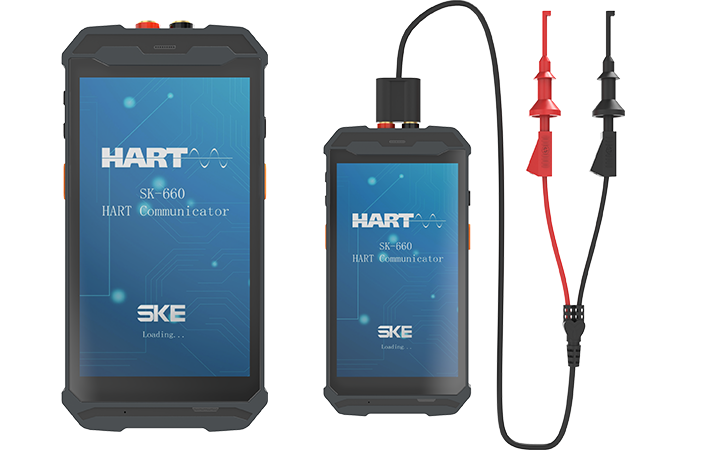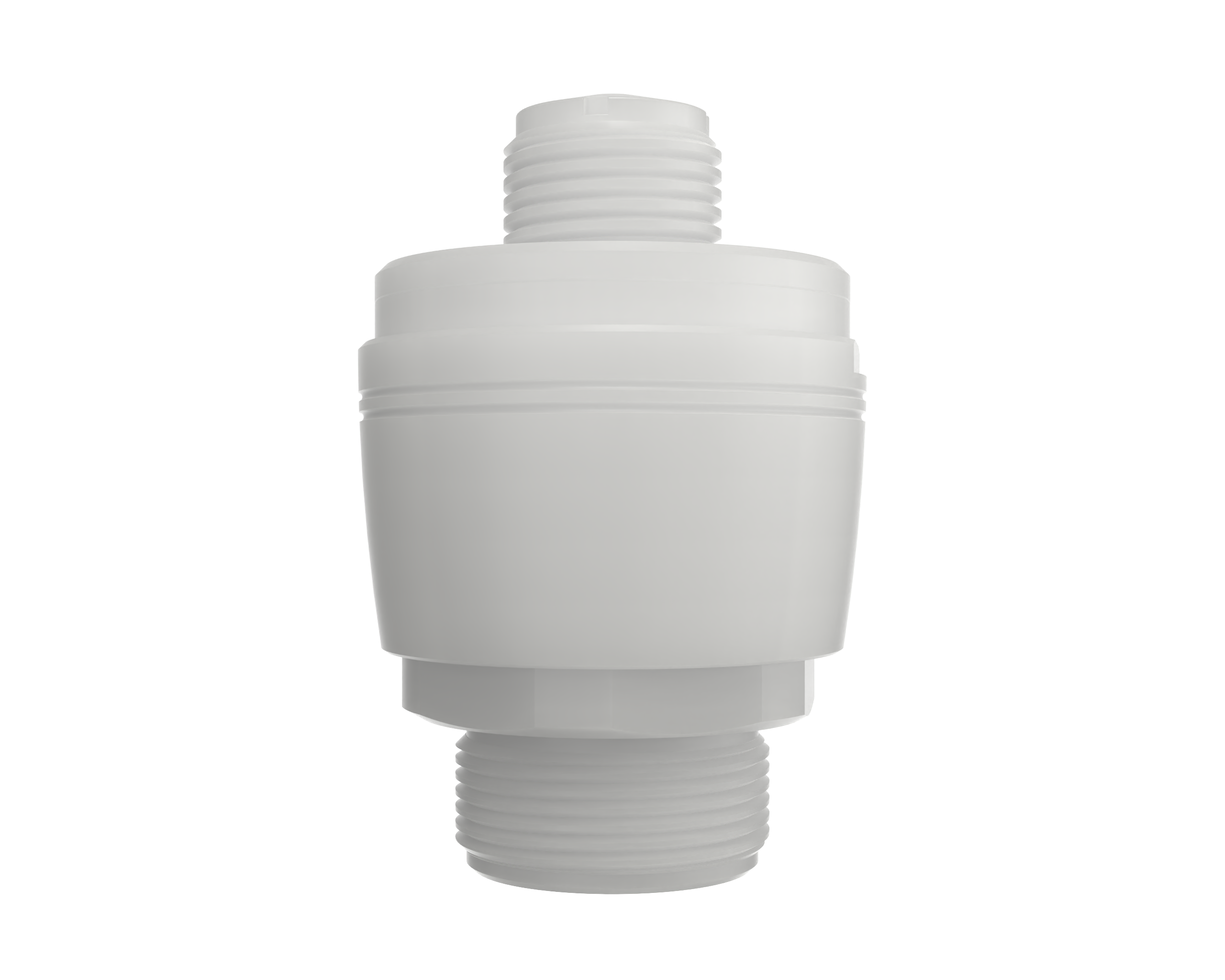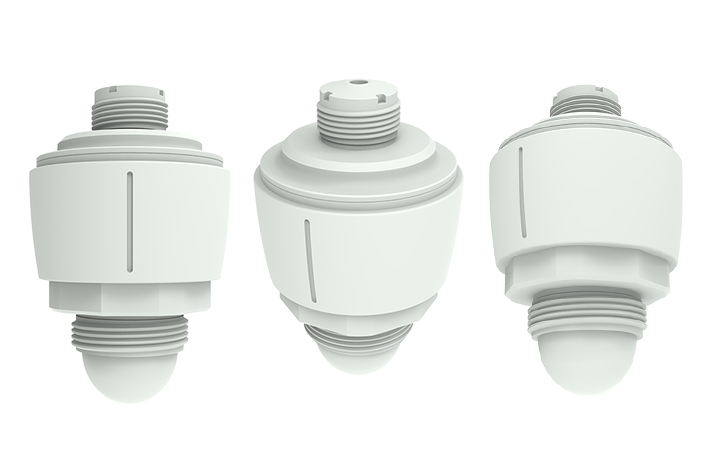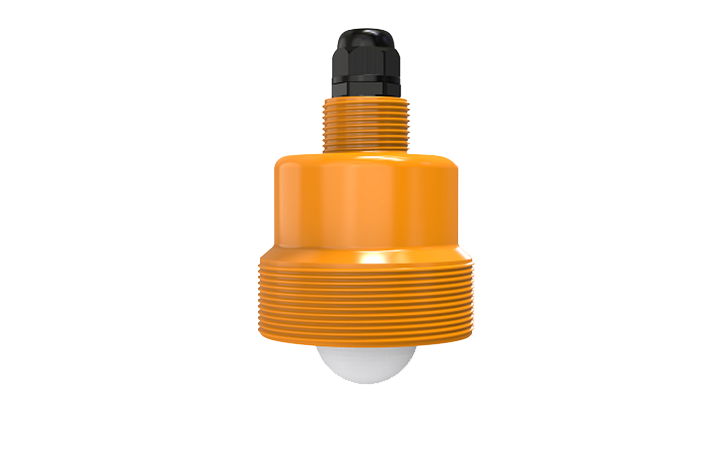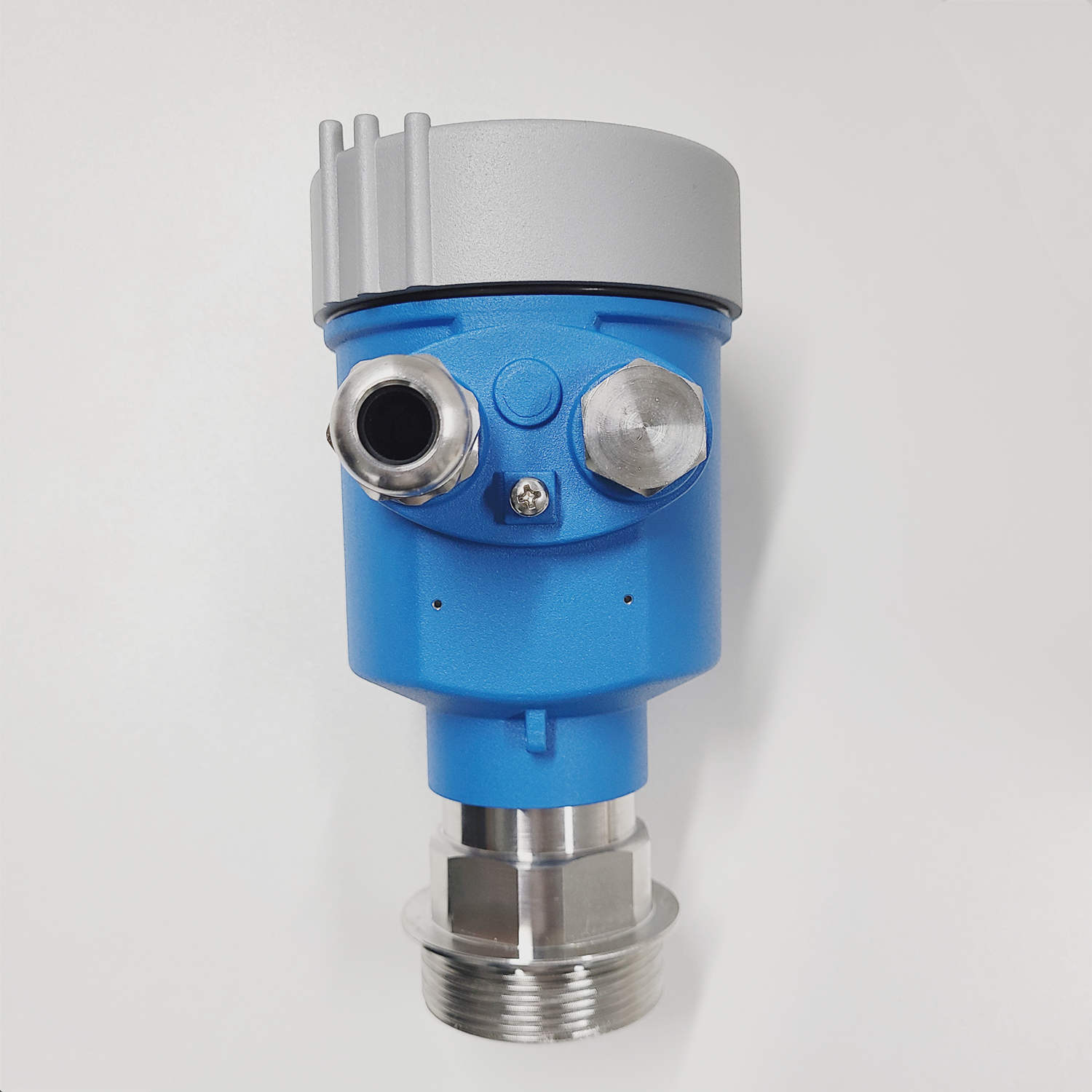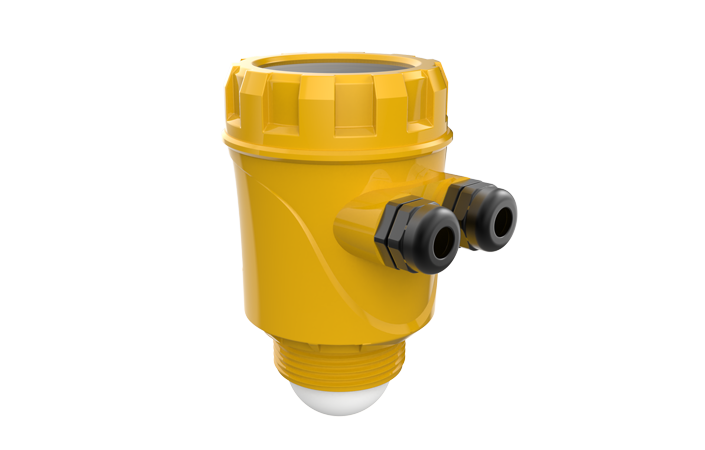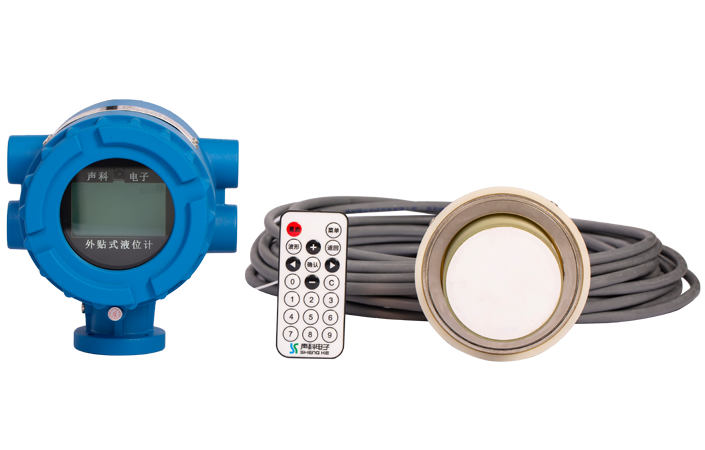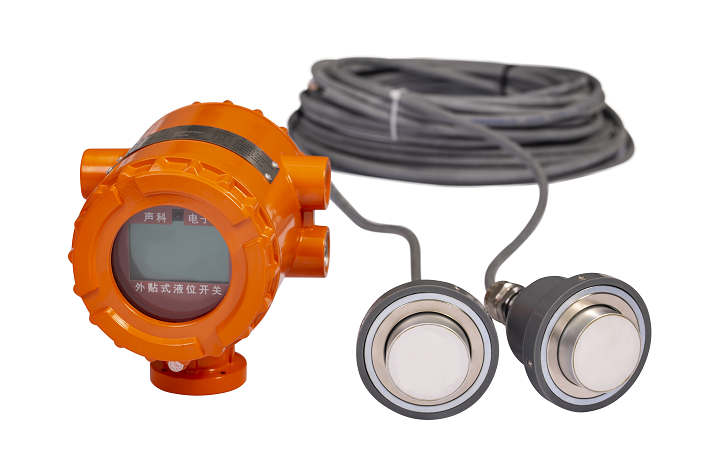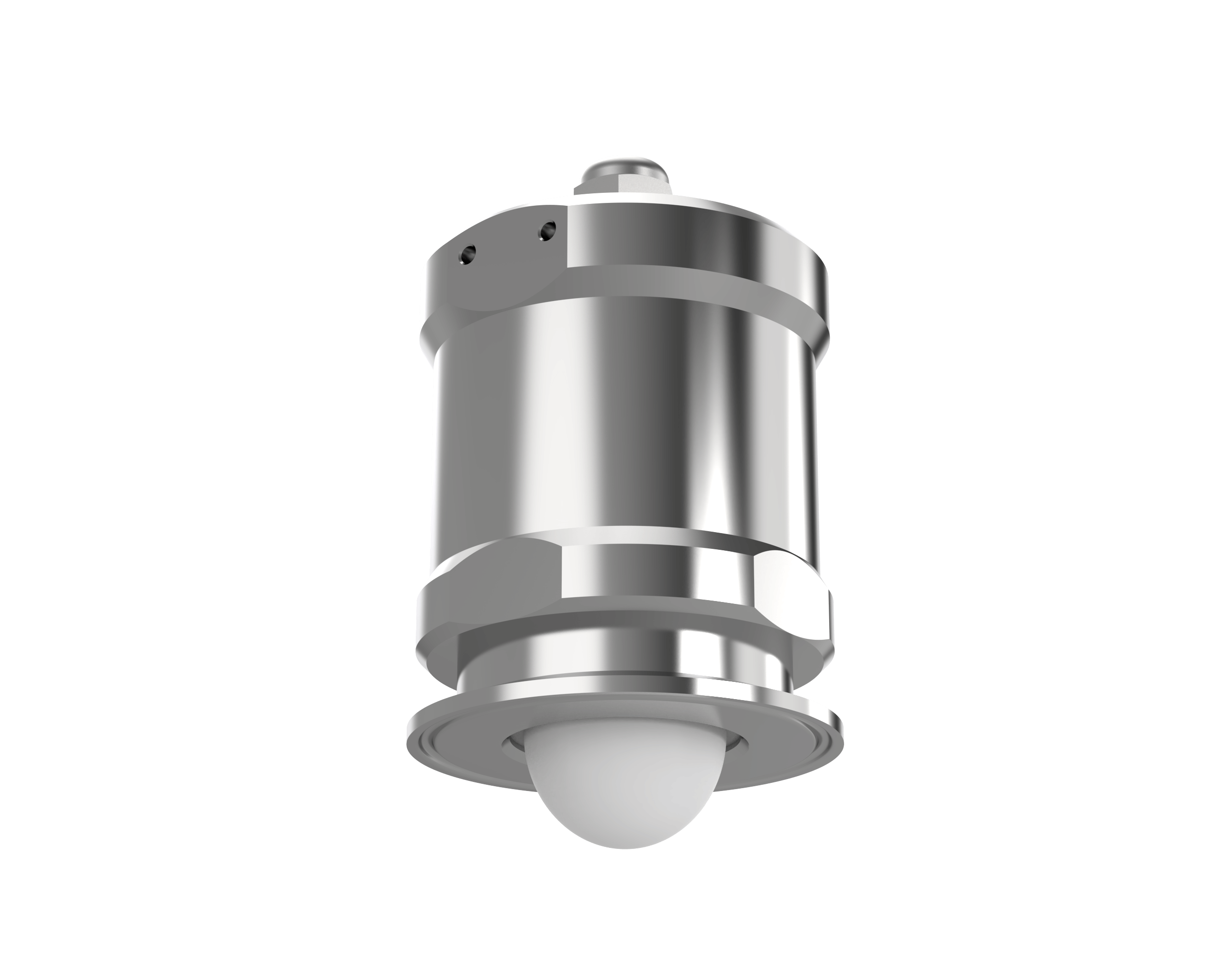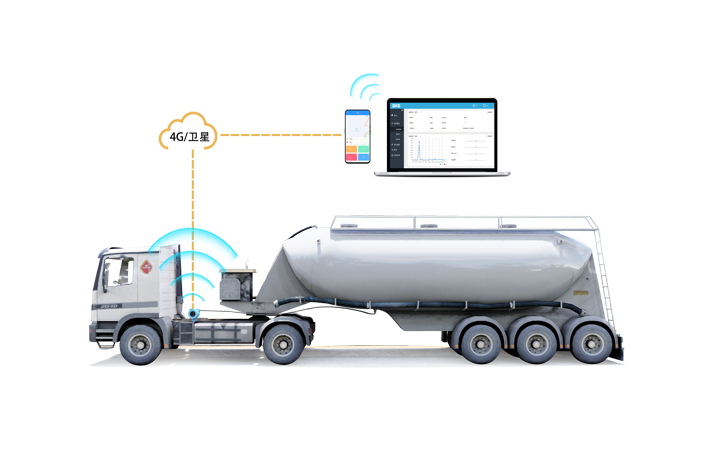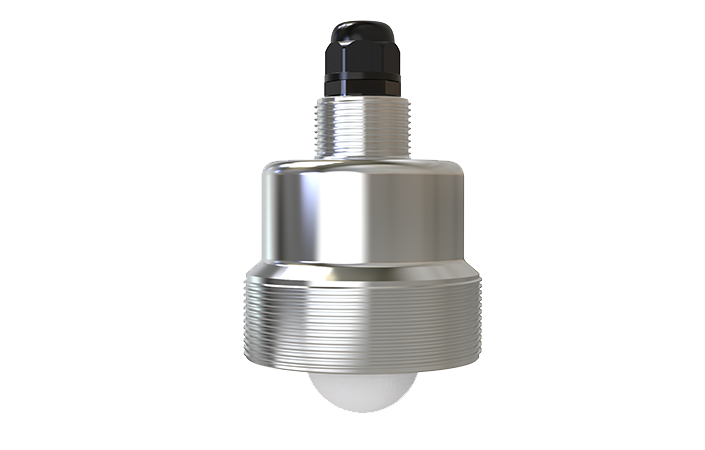Show more
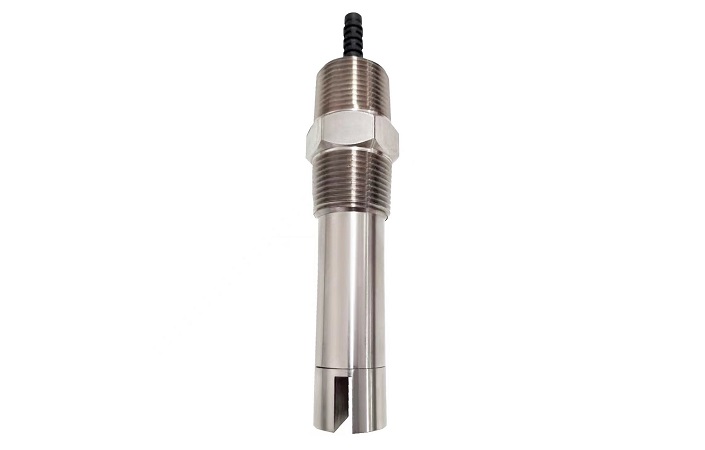
Intrusive Ultrasonic Level Switch Sensor
-

Two wire system
- Two-wire system, low energy consumption, high precision, anti-interference, prevent interference from obstacles and floating debris.
-

Not limited by the type of liquid medium
- The high salinity and oxygen-rich characteristics of seawater make it highly corrosive, and the ultrasonic liquid level switch has the advantages of corrosion resistance and wave resistance.
-
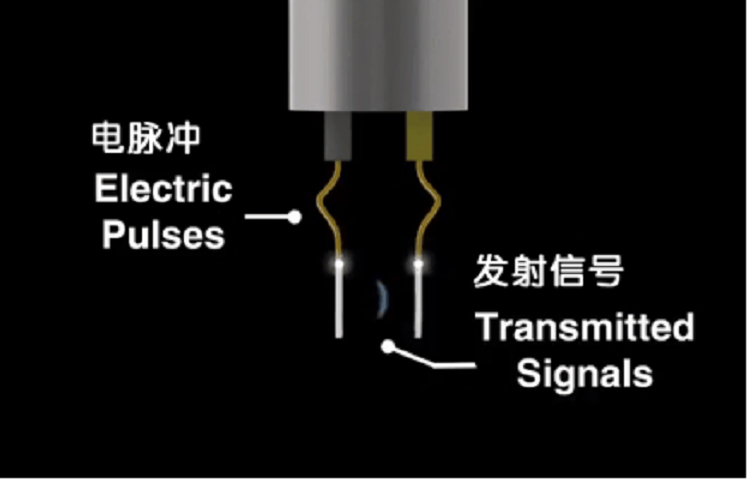
Principle
The ultrasonic switch is a device that uses an inaudible high-frequency acoustic wave (ultrasonic wave) to detect the presence of liquid at a specified point. The device is composed of an electronic control unit and a sensor. The ultrasonic level switch uses the characteristics of sound wave transmission in steam and liquid to detect the liquid level. When sound waves travel through the air, they lose a lot of signal strength. Sound waves retain almost all signal strength when propagating in a liquid.
To detect the level, we must determine whether there is liquid or gas (air) in the gap. Because liquids are denser than gases, it is easier to transmit sound waves through them. One side of the sensor gap sends sound waves and the other side detects sound waves. When liquid is present, a large number of sound waves are received on the detection side. When gas (air) is present, a small number of sound waves are received. The electronics detect this difference and switch the relay accordingly.
The ultrasonic switch sensor consists of two piezoelectric crystals, one for transmitting sound waves and the other for receiving sound waves. Each crystal is mounted on one side of the metal sensor gap. The transmitting crystal generates high-frequency sound waves (1MHz to 3MHz) that travel through the gap to the receiver crystal. The receiver crystal converts the received sound energy into an electrical signal, which is processed by electronic equipment to determine whether there is liquid or air in the gap.
Application area
-
Factor 1 must be considered before selecting the switch
Liquids only--the process medium must be a liquid. Ultrasonic level switches cannot detect the difference between two gases or a gas and a solid. Proper detection requires the liquid to be uniform in density. -
Factor 2 must be considered before selecting the switch
Clean liquids only --liquids with too much solid content do not transmit sound waves well enough to be detected. Typically 5% suspended solids is the maximum allowed.
-
Factor 3 must be considered before selecting the switch
The fluid has to flow -- if the fluid is too viscous to flow through the 1.9cm or so gap, the device won't function properly.
Documentation
| Name | Format | Time | File size | Download |
|---|
Industry
Recommended products
Fast delivery and comprehensive support
Call:(86)029-88858601

 CN
CN